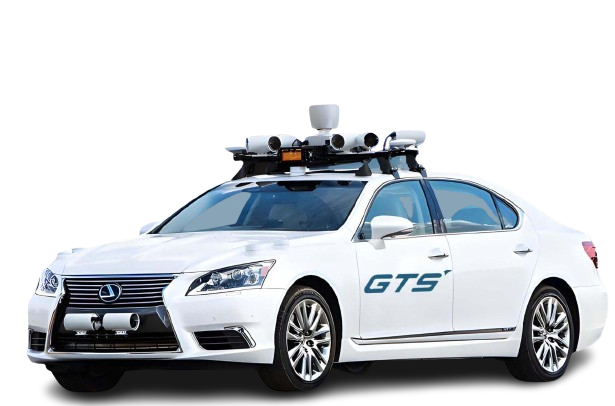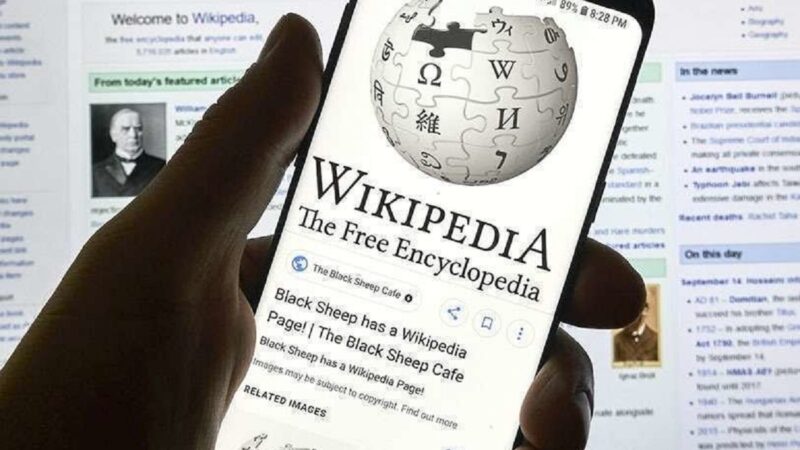Revolution of Speech Transcription: The Future of Voice Technology

Introduction
In the digital era, the way we interact with technology is constantly evolving, with speech transcription emerging as a pivotal innovation. This technology, which converts spoken language into written text, is not just a tool but a bridge connecting human communication and computational understanding. As we delve into the realm of speech transcription, we uncover its significance, the sophisticated technology powering it, and its myriad applications that span various sectors.
The Significance of Speech Transcription
Speech transcription stands at the crossroads of accessibility, efficiency, and innovation. It democratizes information by providing access to those who are visually impaired or have reading difficulties. For professionals and businesses, it streamlines workflows, from documenting meetings to creating subtitles for multimedia content, enhancing productivity and engagement.
The Role of Big Data in Speech Transcription
The advancement of speech transcription is inextricably linked to big data. The accuracy and adaptability of ASR systems depend on the volume and variety of data on which they are trained. This section explores how diverse datasets, including different languages, dialects, and speech contexts, are crucial for training more sophisticated and inclusive speech recognition models. It discusses the balance between leveraging big data for improvement and ensuring user privacy and data security.
Enhancing User Experience through Speech Transcription
This section delves into how speech transcription technologies are being optimized for user experience. It covers advancements in minimizing latency, improving recognition accuracy in noisy environments, and customizing transcription services to specific user needs and industry requirements. The discussion includes how feedback loops between users and AI systems are critical for continuous improvement and personalization.
Ethical Considerations and Privacy
As speech transcription technology becomes more integrated into our lives, ethical considerations and privacy concerns come to the forefront. This topic addresses the responsibilities of developers and companies to ensure that speech transcription tools are used ethically. It covers consent, data security, the potential for surveillance, and biases within AI models. The section emphasizes the importance of transparent policies and the development of ethical AI frameworks.
The Global Impact of Speech Transcription
Speech transcription has a significant global impact, breaking down language barriers and fostering inclusivity. This part of the blog explores how speech transcription can support multilingual communication and cross-cultural exchange. It highlights the role of transcription in global education, international business, and providing access to information across different languages. The section also discusses the challenges of developing speech transcription systems for low-resource languages and the efforts to include these languages in the digital narrative.
The Technology Behind Speech Transcription
The core of speech transcription lies in advanced algorithms and artificial intelligence (AI). Automatic Speech Recognition (ASR) systems are train on vast datasets to recognize and interpret the complexities of human speech, including accents, dialects, and nuances. These systems leverage deep learning models, particularly Convolutional Neural Networks (CNNs) and Recurrent Neural Networks (RNNs), to process audio signals and output corresponding text.
Evolution and Innovations
The journey of speech transcription technology has seen remarkable advancements. Early systems required extensive training with a specific user’s voice to achieve reasonable accuracy. Today, thanks to improvements in AI and machine learning, modern ASR systems offer near real-time transcription with high accuracy across diverse languages and voices. Innovations like real-time captioning and voice-activated assistants are testament to its evolution.
Applications of Speech Transcription
Speech transcription’s versatility makes it invaluable across numerous domains:
- Accessibility: Enhancing accessibility for the hearing impaired through real-time captions and transcripts.
- Education: Facilitating note-taking and content accessibility for students and educators.
- Healthcare: Transcribing patient encounters and medical dictations to improve record accuracy and care delivery.
- Legal and Law Enforcement: Documenting legal proceedings and statements for accurate records and analysis.
- Media and Entertainment: Creating subtitles and transcripts for content, making it accessible to a global audience.
Challenges and Considerations
Despite its advancements, speech transcription faces challenges. Accents, dialects, background noise, and overlapping speech can affect accuracy. Privacy and security concerns also arise, as sensitive information is process and transcribe. Addressing these issues requires ongoing research and development, alongside robust ethical guidelines and security measures.
The Future of Speech Transcription
The future of speech transcription is bright, with potential for further integration into daily life and operations across sectors. Advances in AI will continue to enhance its accuracy and speed, while emerging technologies like edge computing could enable more secure and private on-device processing. The development of more inclusive models, capable of understanding a broader range of languages and dialects, will make technology even more accessible. This expanded section looks beyond immediate advancements, considering how emerging technologies like quantum computing and advancements in neural network architectures could revolutionize speech transcription. It speculates on future applications, such as seamless real-time translation and transcription in augmented reality (AR) and virtual reality (VR) environments, and the role of transcription in the evolving landscape of human-computer interaction.
Conclusion
Speech transcription is more than a technological marvel; it’s a catalyst for accessibility, efficiency, and innovation. As it continues to evolve, it will undoubtedly play a crucial role in shaping the future of communication and information accessibility. By embracing the challenges and potentials of speech transcription, we open the doors to a world where technology and human interaction are seamlessly integrate, heralding a new era of digital inclusivity and engagement. It calls for a collaborative approach among technologists, ethicists, and policymakers to navigate the challenges and maximize the benefits of speech transcription for society.






